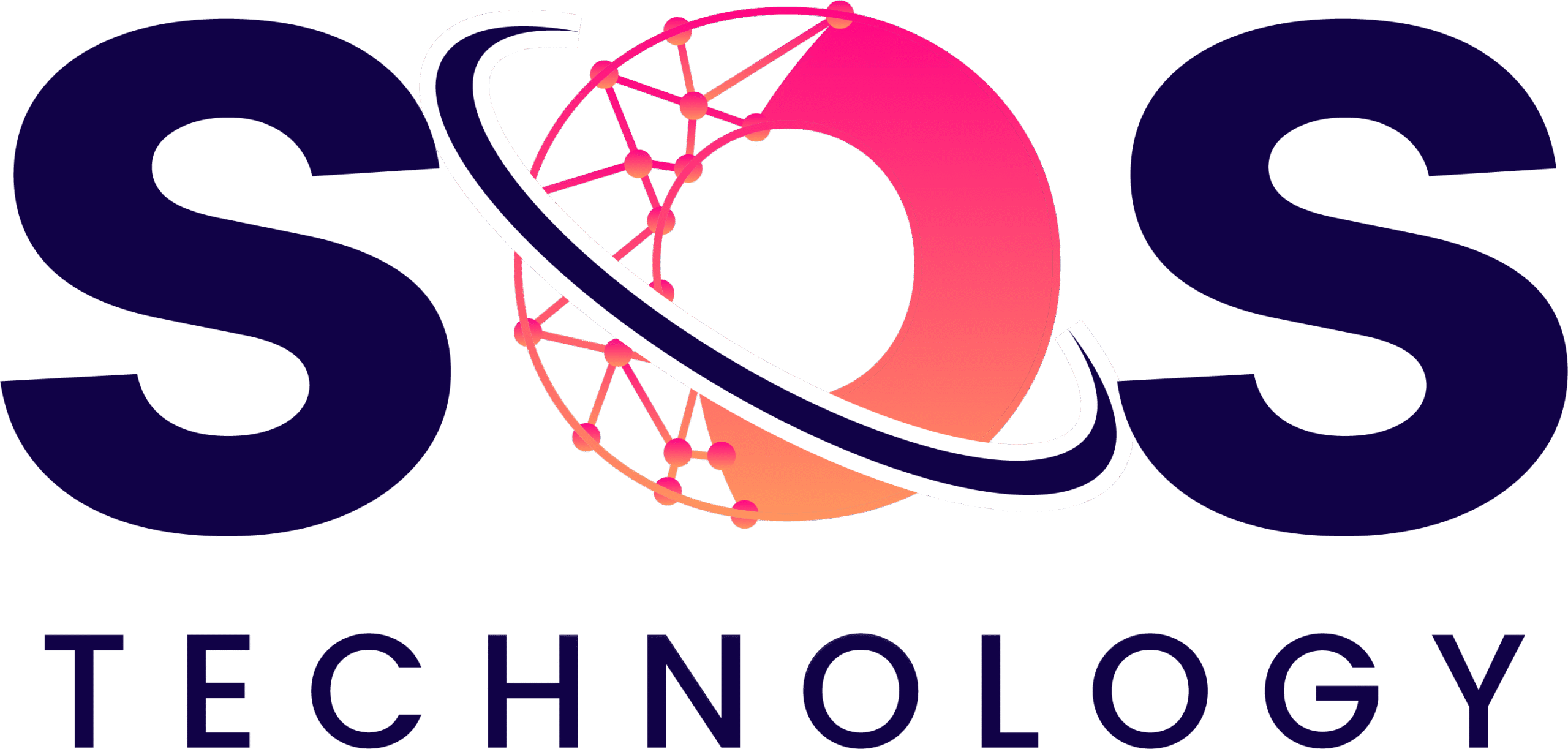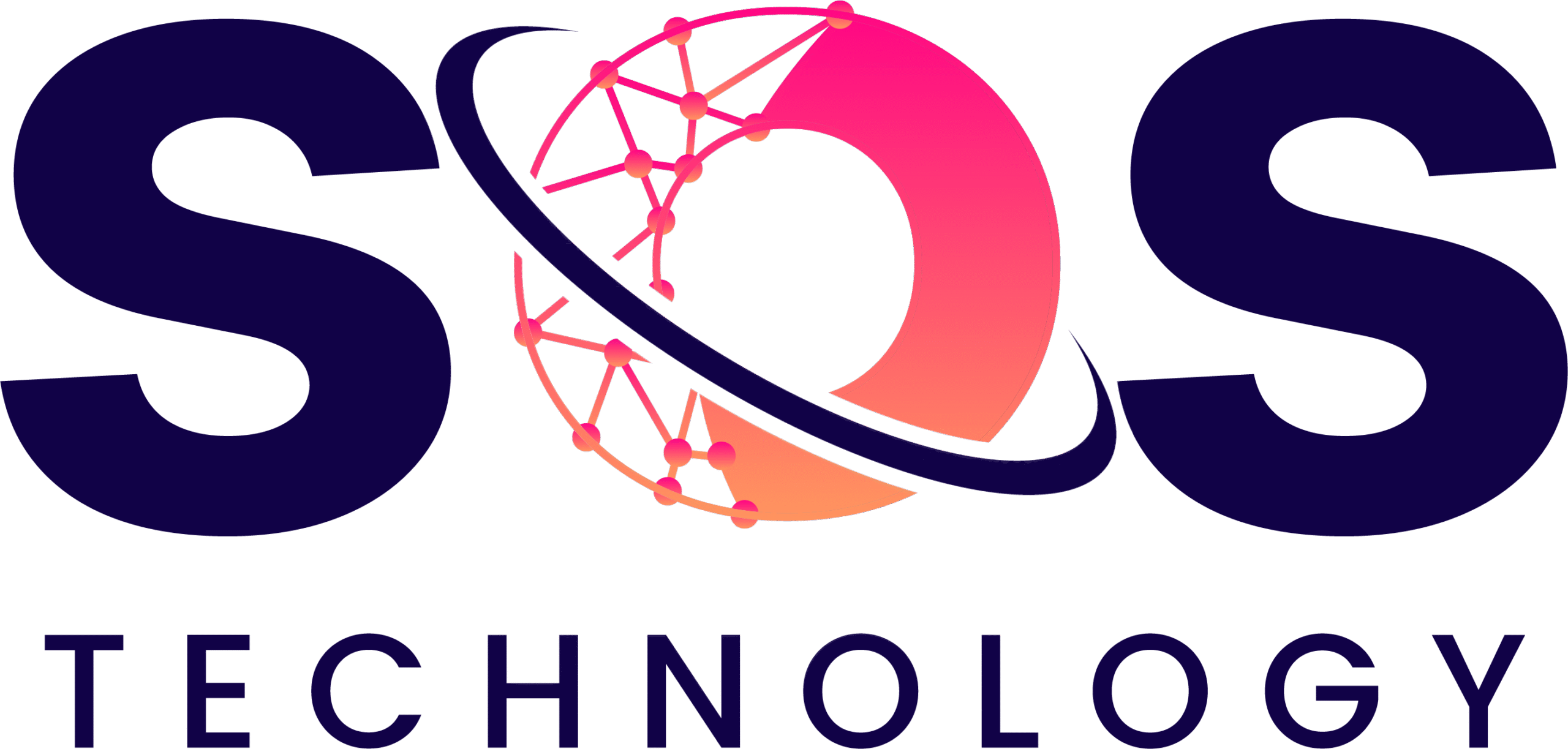Extra Low Voltage Explained:
A Complete 2025 Guide for Smart Infrastructure in Dubai
In today’s modern world, buildings are becoming smarter, safer, and more efficient. From smart lighting to security cameras and fire alarms, everything in a building now works together to make life easier. The technology behind this smart connection is called an ELV System — short for Extra Low Voltage System.
The rise of the interconnected building is driving massive market growth globally and regionally. The global “Low-Voltage Product & System” market, the broader category for ELV solutions, was valued at approximately US $158.9 billion in 2023 and is projected to grow to about US $278.7 billion by 2032, at a robust CAGR of approximately $5.9. This expansion is even more pronounced in the Gulf region, where ambitious smart city projects are the norm. This explosive growth clearly signals that ELV systems are not merely an add-on but the foundational requirement for the next generation of smart infrastructure in the Middle East.
 What Is an ELV System?
What Is an ELV System?
An ELV (Extra Low Voltage) system consists of electrical systems operating at low voltage, usually below 50V AC or 120V DC. Instead of powering devices, it transmits signals, making it safer and more efficient for modern buildings.
These systems manage key functions like security (CCTV, access control), communication (intercoms, telephony), and automation (lighting, HVAC), creating a connected, smart, and reliable building environment.
 Why Do We Need ELV Systems?
Why Do We Need ELV Systems?
We need ELV systems because modern buildings depend on technology that connects and communicates.
Traditional electrical systems can’t handle sensitive data, automation, or control systems safely. ELV systems provide a safe, reliable, and energy-efficient way to run these smart features.
In cities like Dubai, where smart infrastructure is growing fast, ELV systems are essential for:
Smart Building Management – To control lighting, air conditioning, and security from one place.
Safety & Security – To monitor access, prevent accidents, and alert during emergencies.
Sustainability – To reduce energy use and support green building standards.
Automation – To improve comfort and efficiency for residents and employees.
 Key Benefits of ELV Systems
Key Benefits of ELV Systems
Here’s why ELV systems are important for modern buildings:
Energy Efficiency – Operate on low voltage, reducing power consumption and costs.
Smart Integration – Combine multiple systems (like CCTV, fire alarm, and lighting) into one control panel.
High Security – Provide advanced monitoring, access control, and fire detection.
Better Communication – Support internet, intercoms, and data networks for smooth operations.
Easy Maintenance – Easier to troubleshoot and upgrade than traditional electrical systems.
Future-Ready – Can be expanded with new smart technologies like AI and IoT.

Here are some common examples of ELV systems used in Dubai’s modern smart buildings:
Security & CCTV – Cameras for 24/7 monitoring and recording.
Access Control – Smart card readers, fingerprint scanners, or mobile access.
Fire Alarm System – Smoke and heat detectors for quick emergency alerts.
Public Address & Intercom – For announcements and safety messages.
Data & Communication Networks – Internet, Wi-Fi, and structured cabling systems.
Building Automation System (BAS) – Controls HVAC, lighting, and energy from one dashboard.
Parking Management System – Smart tracking for vehicle entry and space management.

If you are planning a new building or upgrading an existing one, follow these tips:
Plan Early – Include ELV systems during the design phase to avoid costly changes later.
Integrate Systems – Choose solutions that can communicate with each other.
Ensure Security – Use encrypted connections and access control for safety.
Plan for Expansion – Leave space for future devices and smart upgrades.
 The Future of ELV Systems in Dubai
The Future of ELV Systems in Dubai
Dubai is one of the world’s smartest cities, and ELV systems play a key role in that vision.
In the near future, we’ll see even smarter systems with:
Artificial Intelligence (AI) for predictive maintenance and real-time alerts.
Internet of Things (IoT) for connecting all devices automatically.
Cloud-Based Control for managing building systems from anywhere in the world.
 Conclusion
Conclusion
ELV systems are the heart of modern smart buildings. They make buildings more intelligent, secure, energy-efficient, and sustainable — all while improving the comfort and safety of the people inside.
In 2025 and beyond, having a strong ELV setup isn’t just an option — it’s a must for every smart building in Dubai.
At SOS Technology, we specialize in designing, integrating, and maintaining ELV systems tailored for schools, offices, hotels, and commercial facilities across the UAE.




